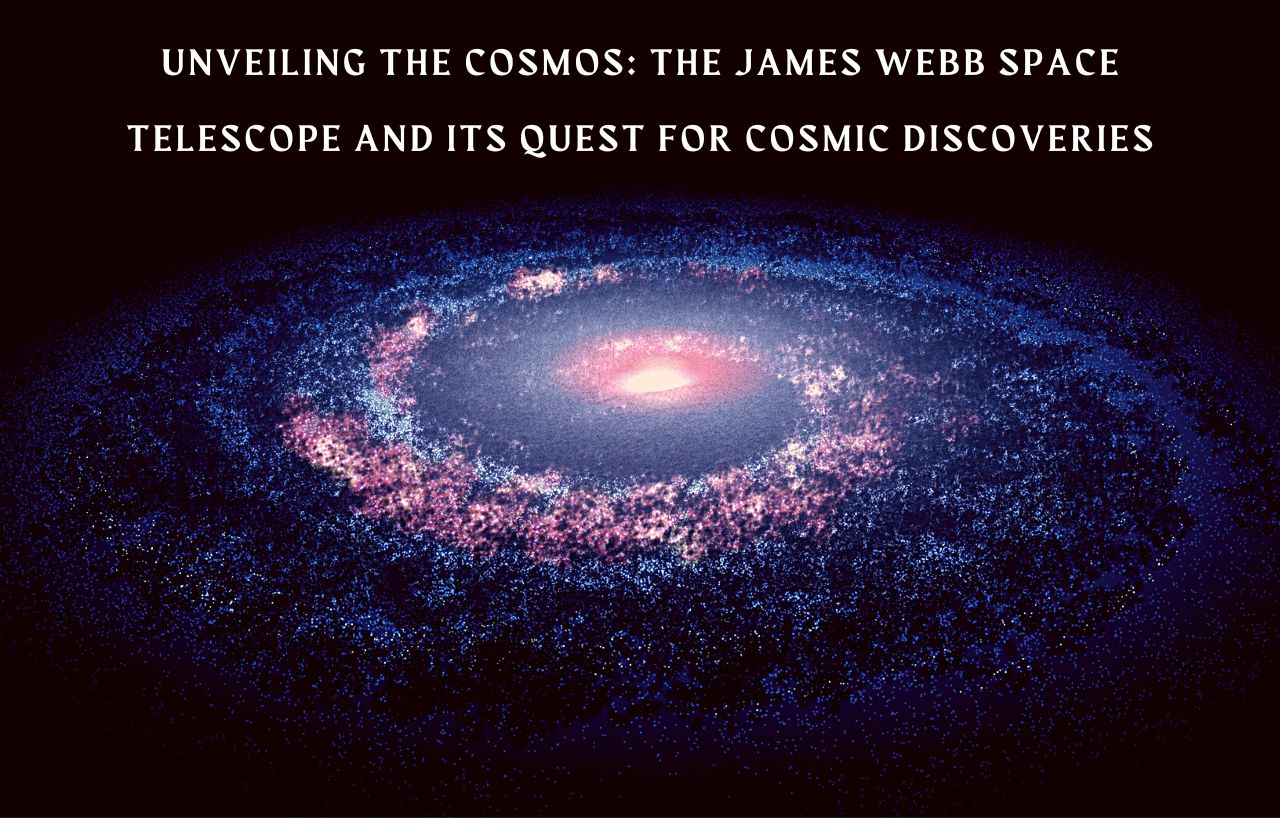In the realm of physics, few concepts capture the imagination as profoundly as the speed of light. A cornerstone of Einstein’s theory of relativity, light speed holds a pivotal place in our understanding of the universe’s fundamental properties. In this article, we embark on a journey to demystify light speed, delving into its calculation, historical discovery, and the diverse array of fields in which it finds application.
Understanding Light Speed: Calculation and Significance
The speed of light, denoted by the symbol “c,” is a fundamental constant of nature. It represents the speed at which electromagnetic radiation, including visible light, travels through a vacuum. Calculated with exceptional precision, light speed is approximately 299,792,458 meters per second or about 186,282 miles per second. This staggering velocity forms the cosmic speed limit, defining the ultimate speed at which information or matter can propagate across the universe.
Discovery of Light Speed: A Historical Voyage
The determination of light speed’s value was a milestone in the history of science. One of the earliest successful attempts was made by Danish astronomer Ole Rømer in the 17th century. Rømer’s observations of the moon Io, a moon of Jupiter, led him to conclude that light has a finite speed. His groundbreaking work laid the foundation for subsequent experiments, including those by Albert Michelson and Edward Morley, which refined the measurement of light speed using interferometry.
Applications in Diverse Fields: Where Light Speed Shines
- Astronomy and Cosmology: The vast distances in space necessitate the use of light speed to measure and comprehend celestial phenomena. It allows astronomers to calculate distances to faraway galaxies and understand the age and evolution of the universe.
- Communications: Light speed forms the backbone of modern telecommunications. Fiber-optic cables, which transmit data using light signals, enable high-speed internet, long-distance calls, and rapid data transfer.
- Medical Imaging: Medical technologies such as MRI and CT scans utilize light speed to create detailed images of the human body’s internal structures, aiding diagnosis and treatment.
- Physics Research: Particle accelerators employ light speed principles to propel particles at high speeds, enabling physicists to study fundamental particles and unravel the mysteries of the subatomic world.
- Global Positioning System (GPS): GPS devices rely on signals sent from satellites at known positions. Accurate timing, which is intricately linked to light speed, is essential to determine precise locations on Earth’s surface.
- Space Exploration: Understanding light speed helps engineers and scientists navigate space probes, rovers, and satellites accurately, ensuring successful exploration missions.
Conclusion Illuminating the Boundaries of Knowledge
The concept of light speed transcends its numerical value; it is a symbol of human curiosity and ingenuity. From its discovery in the 17th century to its application in modern technology, light speed continues to shape our understanding of the cosmos and redefine the limits of human achievement. Its role in fields as diverse as communications, astronomy, and medical imaging underscores its indispensability in our technologically advanced world. As we continue to explore the mysteries of the universe, the unchanging speed of light remains an enduring constant that guides our journey of discovery.



